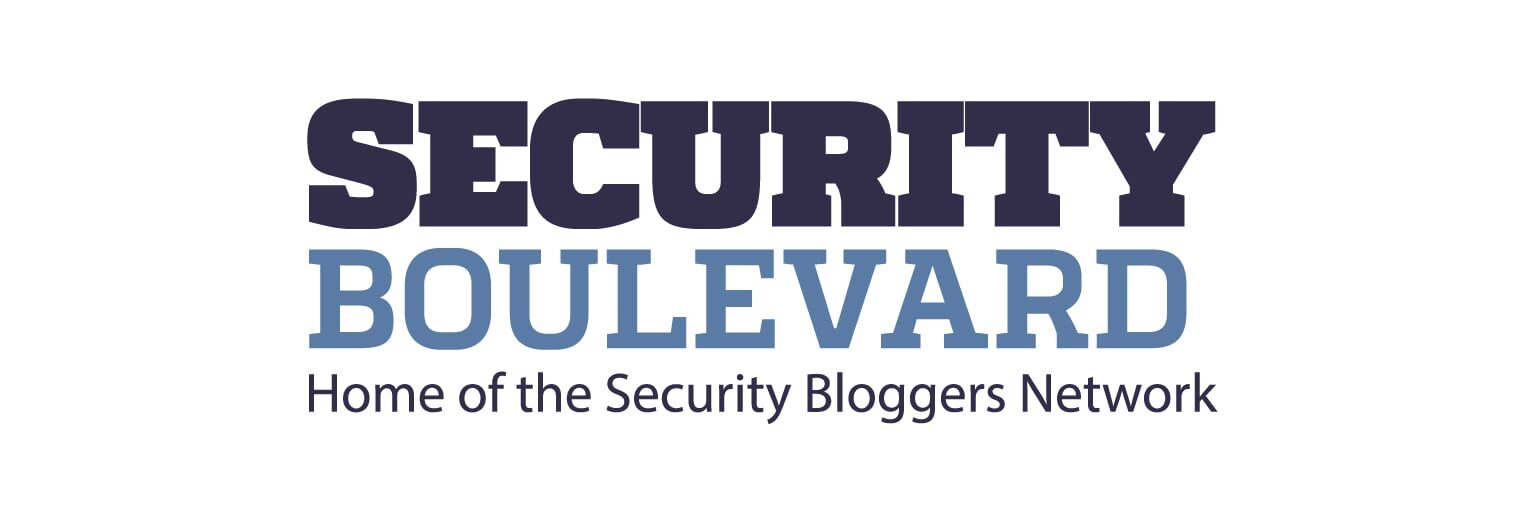Hi friends! If you’re based here in the San Francisco Bay Area and are curious about cybersecurity and healthcare, then you’re going to thoroughly enjoy our chat today. We’ll be diving into the exciting world of threat intelligence platforms, or TIPs, as we’re always finding better ways to understand and combat the constant threats and vulnerabilities that pop up every day in cyberspace.
Before we delve in, let’s clarify what these TIPs do. They process external threat feeds and internal log files to provide a prioritized and insightful series of alerts for a security team. So if you’re a cybersecurity professional, it feels like having a personal assistant doing all the heavy lifting so you can focus on combating significant threats.
Now, have you ever wondered how security experts choose the right software? It’s like choosing the right TV show on Netflix when you’ve got thousands of options. It involves understanding the capabilities each platform provides and how it aligns with the organization’s security needs.
Our discussion will plunge into the world of some of the top tools out there. From innovative platforms like Anomali ThreatStream combining external threat feeds with internal sources to SolarWinds Security Event Manager’s excellent job keeping track of threats on-premise and in the cloud. We’ll explore the features that make these platforms indispensable tools to protect from new and evolving threats.
One trend we have observed in this space is the importance of translating raw data into actionable insights. Tools such as IBM X-Force Exchange stand out for combining human-generated intelligence with a global security feed to give unique perspectives on potential threats. Isn’t it amazing how they monitor and collate threat intelligence data from billions of websites and millions of endpoints worldwide?
However, it’s not always smooth sailing. Some of these platforms could do better in areas; for example, the initial use of Recorded Future can see a heavy volume of alerts, and adjustments can be time-consuming but essential. Still, its flexibility and the fact that risk scores reflect actual malicious activities, not just theoretical risks, make it a refined tool in the cybersecurity toolkit.
Now, acquiring these tools is like buying a new car. Each one has its unique features and comes at different prices. Investing time in understanding how each one works can give organizations a more significant return on their investments.
However, it’s crucial to remember that TIPs are not a standalone solution. They’re part of a more comprehensive cybersecurity framework. They provide the intelligence, but how that intelligence is used to protect an organization depends on several other factors like the incident response teams and security analysts, and other security tools in place.
As Dwight D. Eisenhower wisely said, “In preparing for battle, I have always found that plans are useless, but planning is indispensable.” That goes for cybersecurity, too. Having the best TIPs is just the first step of the journey. Now tell me, isn’t it fascinating to imagine how minute digital data points can help shield us against colossal cyber threats? Let’s keep swimming in this sea of information together, and remember, stay safe in this digital world!
by Morgan Phisher | HEAL Security




